Ecommerce trends evolve as quickly as the ecommerce industry itself. Statista estimates that global ecommerce sales will top out at a staggering $2.7 trillion in 2018, with 20% annual growth thereafter. 96% of Americans with internet access have shopped online, and 80% have done so in the last five months, according to BigCommerce.
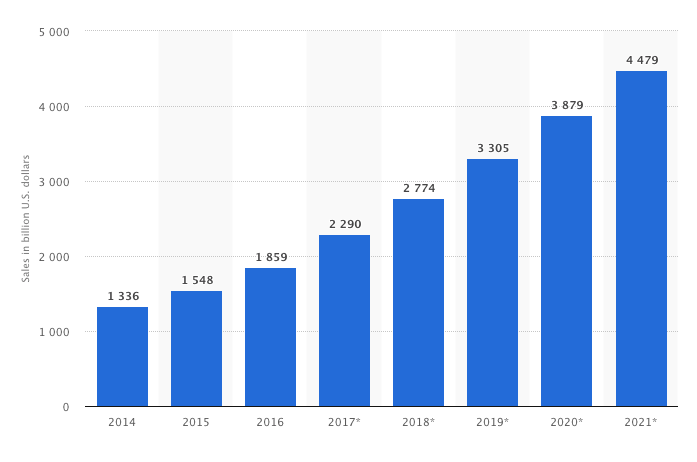
Figure 1 – via Statista
What accounts for ecommerce’s continuous growth? Mobile shopping, worth $3.2 trillion in 2017, makes it easier for shoppers to buy on the go. Amazon’s Alexa has joined the ecommerce landscape, allowing shoppers to order thousands of products with a simple voice command, and is projected to add another $10 billion in sales by 2020. Convenience drives buyers online for their shopping needs, coupled with its speed and reliability.
With no signs of it slowing down, online retailers need to stay informed of the latest ecommerce trends to stay at the forefront of their customers’ minds. If you are up to the challenge, learn more about the top trends that will lead the way in 2018.
1. Brick and Mortar Shopping Experiences
While traditional retailers have struggled with their brick and mortar locations, there are strong opportunities for experiential marketing that is tied in with your online efforts. 50% of millennial shoppers prefer visiting a physical location at some point in their buying journey, so grabbing their attention in-person can help your business stand out.
How can ecommerce retailers create an offline presence? If you don’t already have a physical store, set up at local events and showrooms with a pop-up retail experience that brings the best of your online store to your audience in an innovative way.
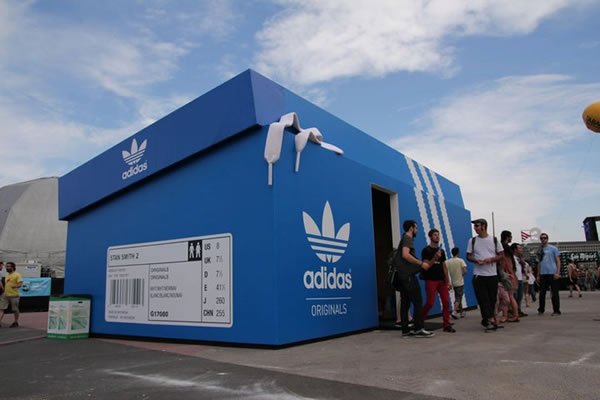
By appealing to your shoppers’ love of creativity and meeting them in real time, you can build loyal customer relationships and boost your ecommerce efforts.
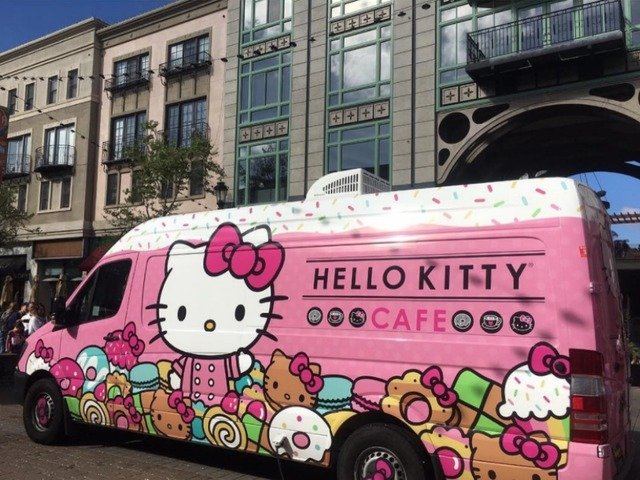
If you do also have a retail location, make sure it aligns with your ecommerce store and promotions. A united appearance both online and off shows professionalism and lets shoppers know they are at the right location.
2. Personalization
Customers are seeking out personalized shopping experiences as well, and online retailers have the technology to deliver them. By analyzing how customers search for and shop for products, they can provide context and deliver exactly what shoppers need as they need it.
By analyzing search terms, past purchases, wishlists, and shopping cart contents, you can display items that they might want to purchase next. One example is Amazon, which bundles related products together and provides product recommendations based on purchases of previously browsed items.
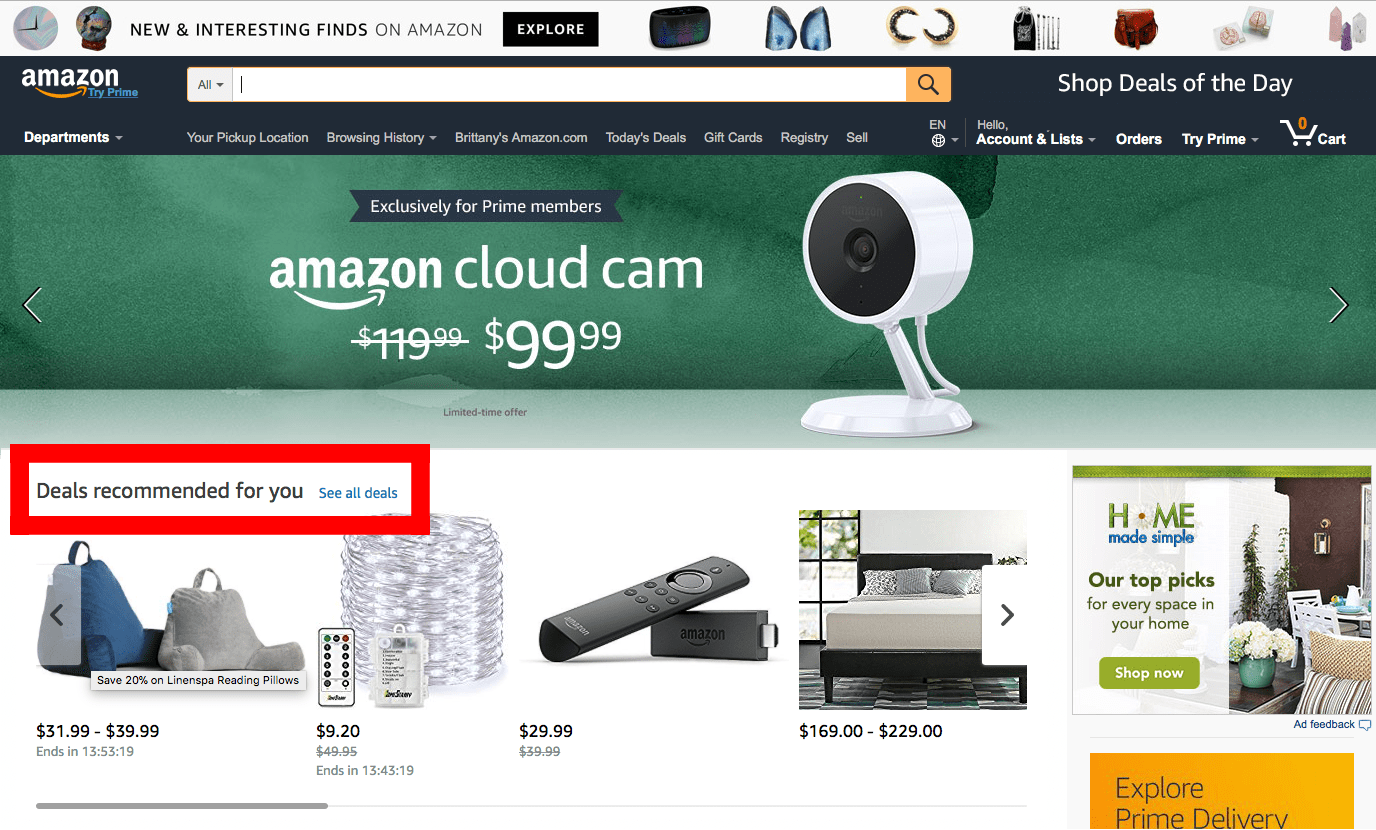
You can also tap into customers’ social behaviors to drive sales. Frequently liked or shared products are likely in high demand and work well as recommendations. You can also look at the demographics of your current shoppers and bundle items that are often sold together.
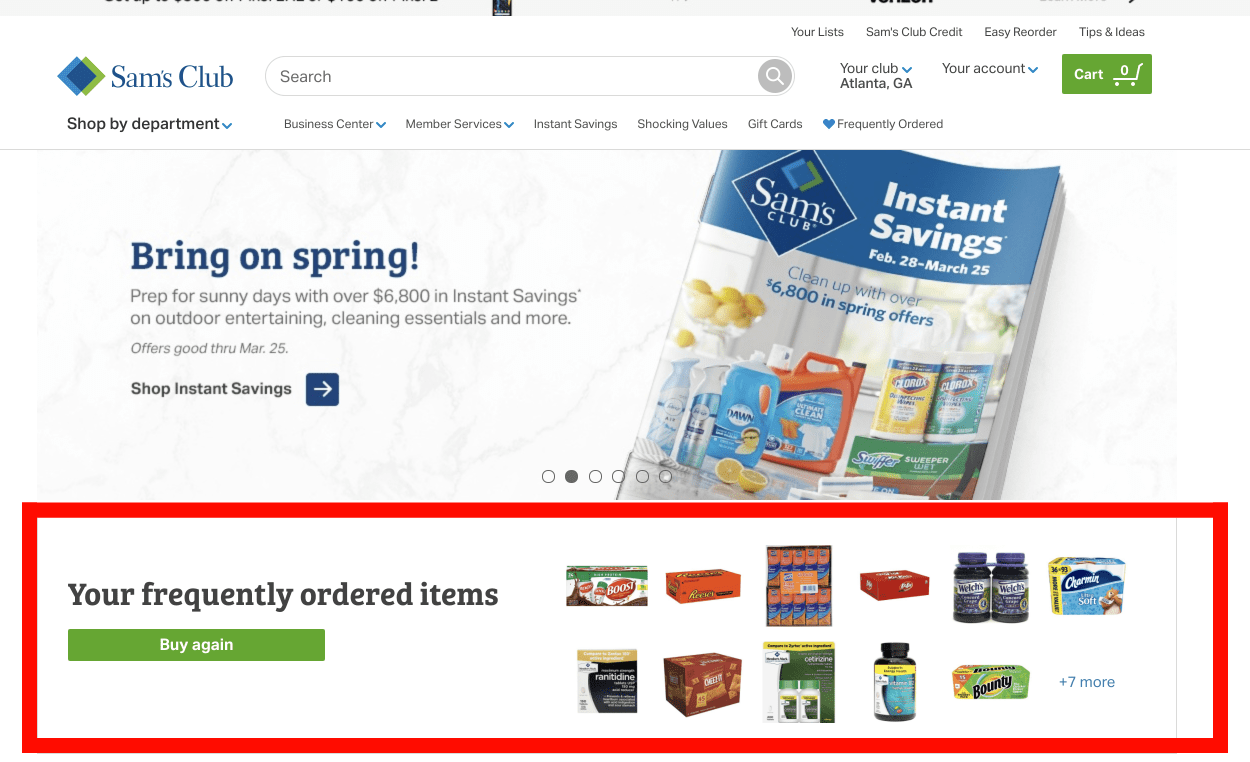
Localization is a key part of personalization, providing a seamless customer experience. Many websites offer different versions of their website based on country or locale, and calculating exact shipping costs can be fully automated. Beyond those basics, try highlighting products that appeal to shoppers in those locations, such as winter coats to customers living in colder climates.
Personalization does more than improve sales; it makes shoppers feel like you understand their needs and really relate to them. It allows them to find exactly what they need when they need it, and it reduces on-site frustration when searching for the perfect product.
3. Artificial Reality & Artificial Intelligence
Artificial reality boomed in 2017, and it continues to push the limits on what’s possible. Many retailers have “try before you buy” virtual reality apps that allow shoppers to see how their items would look in their home. Ikea is a prime example, with an app that overlays its furniture over your existing living room or bedroom, reassuring undecided buyers.
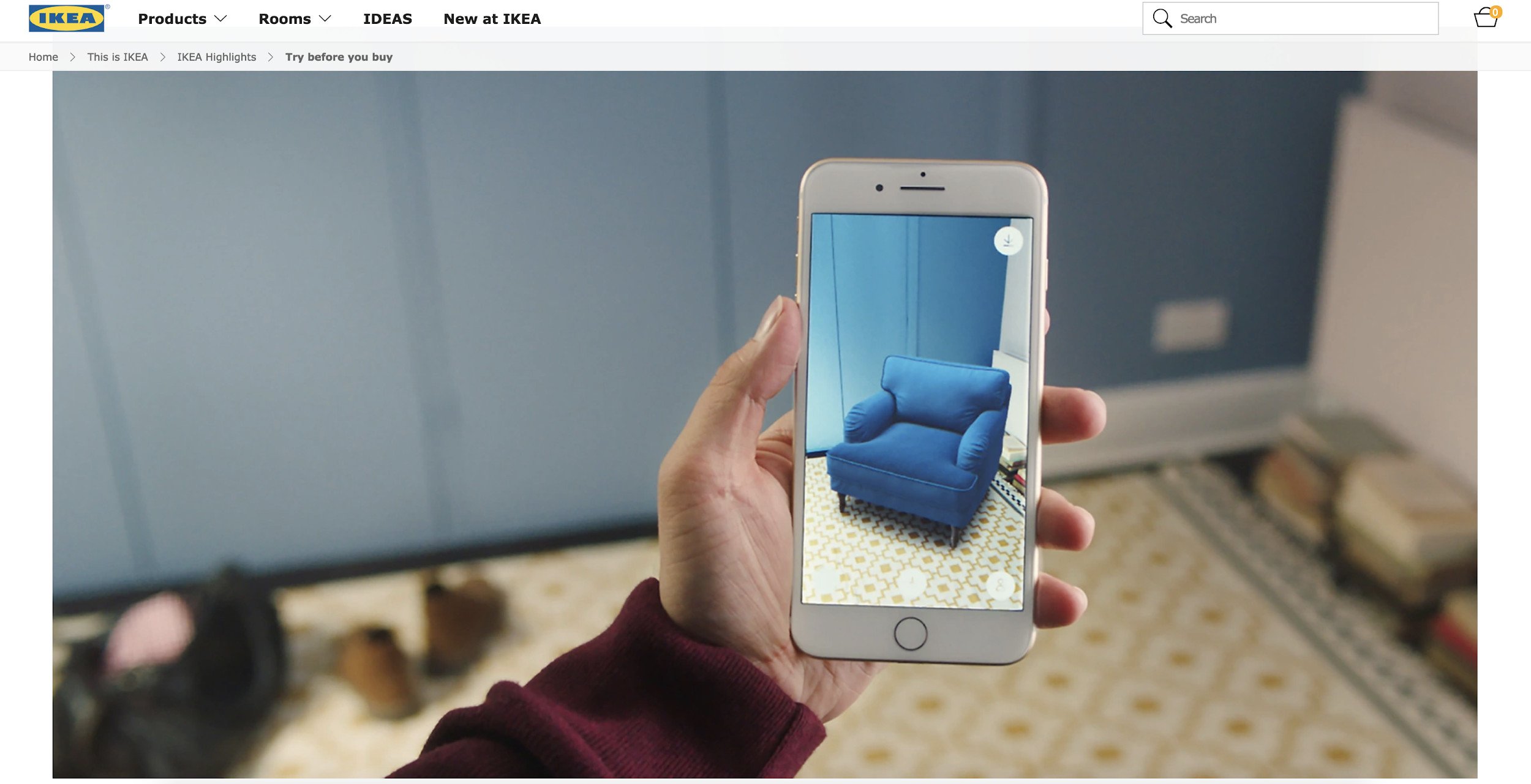
Before long, shoppers will expect the ability to try on anything virtually before making a purchase. Online retailers can incorporate this ability on their websites as well, by enabling customers to upload a picture and displaying their products over it.
Artificial intelligence is getting smarter, and shoppers are starting to understand and embrace its functionality. By setting up a chatbot on your website to handle basic questions and requests, you will empower shoppers to make buying decisions quickly without having to wait for customer service to handle support tickets.
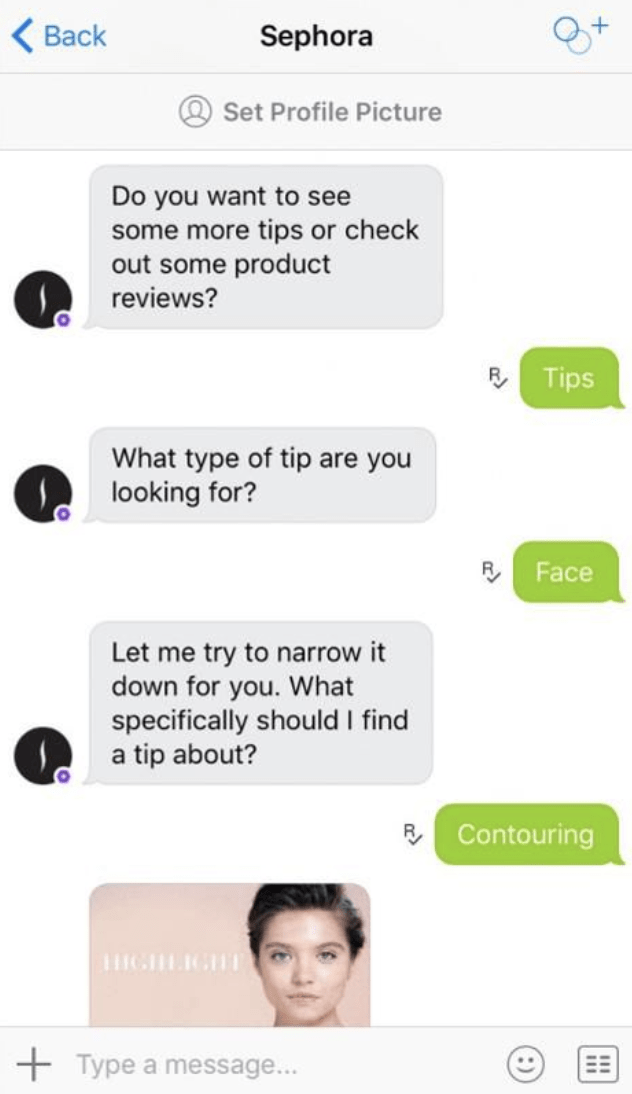
You will also reduce the time your employees spend on smaller issues, freeing them up to resolve complex customer concerns quickly.
4. Animation
Sometimes it is the smallest touches that can make the difference, and that is true with animation. Keeping in line with the powerful shopping experiences that customers crave, fun and helpful animations keep customers engaged while showcasing your shop’s personality.
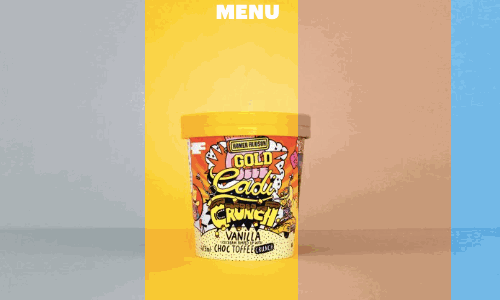
The key is to keep it simple and filled with purpose. Whether that purpose is to encourage purchases, signal the next step, or just for fun, your animations must have a reason for being there. Savvy shoppers will notice if the animation is out of place or not the right fit for your company.
Still not convinced? Cat Small, Etsy’s senior product designer, explains how they are incorporating animation throughout the buying experience: “Etsy uses imagery with motion in emails to express the brand and share delight. They also use animated iconography to notify people when an item is almost sold out. Motion makes an experience feel more alive.”
Walk through your buyers’ journey and take notice of areas where they could lose interest or need a prompt to action. Test a few animated elements and gauge their reactions to see if it has a place in your shop.
5. Consumer Generated Content
Shoppers are 95% more likely to turn into customers after seeing consumer-generated content, so you want to give buyers as many opportunities as possible to share their experiences with their family and friends. Place social sharing buttons on product pages, and after the purchase is complete, so they can tell everyone how they are excitedly anticipating your products.
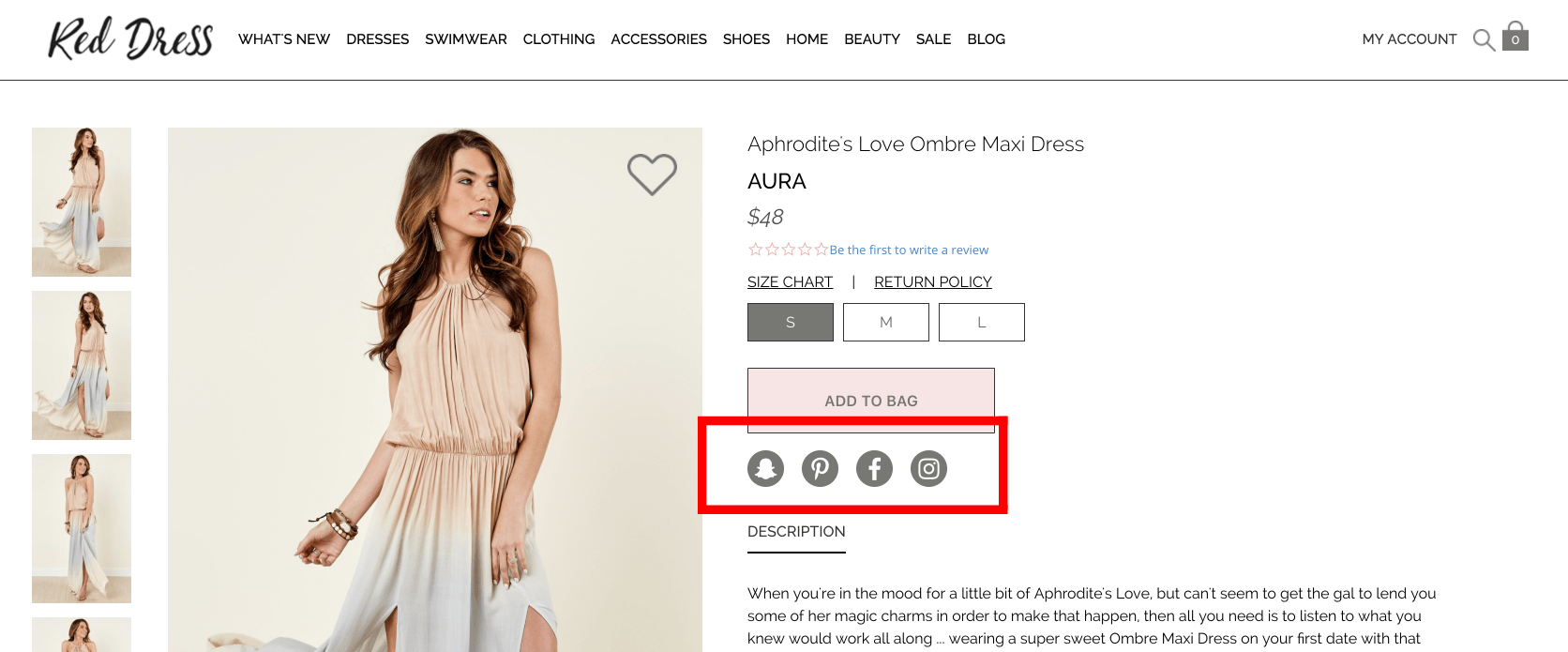
Social sharing is only one piece of the puzzle, however. Online reviews play a significant part in the decision-making process, both on your website and on social media platforms. Your website should showcase product reviews, customer testimonials, and real-world photos of your products, to build trust and confidence when shoppers are ready to buy.
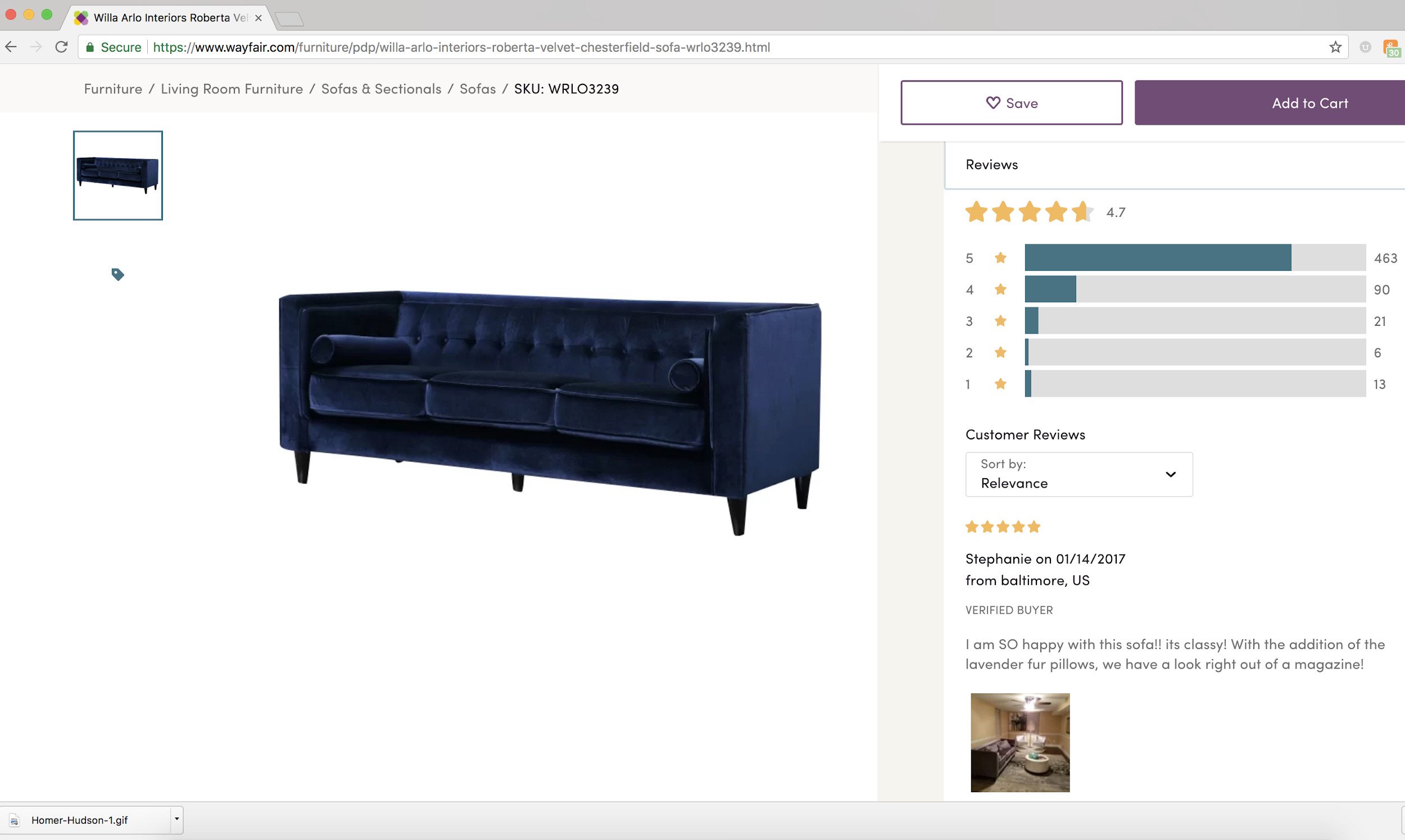
Unboxing videos are a trend that picked up steam throughout 2017 and will continue to grow as more retailers create beautiful, customized packaging that brings joy to the unveiling of their products. Consider how your packaging can be improved to extend customers’ shopping experiences and to prompt additional sharing once they have the product in hand.
6. Multichannel Shopping Experience
In an effort to meet customers where they are at, online retailers are now able to offer a multichannel shopping experience across various social media platforms. Rather than making customers click directly to your online store, you can bring the sale to them.
Facebook and Pinterest both have selling integrations for businesses, so customers can instantly purchase your showcased products. 84% of Americans make impulse purchases or spend more than they had initially planned, and you want to be there when the impulse strikes.
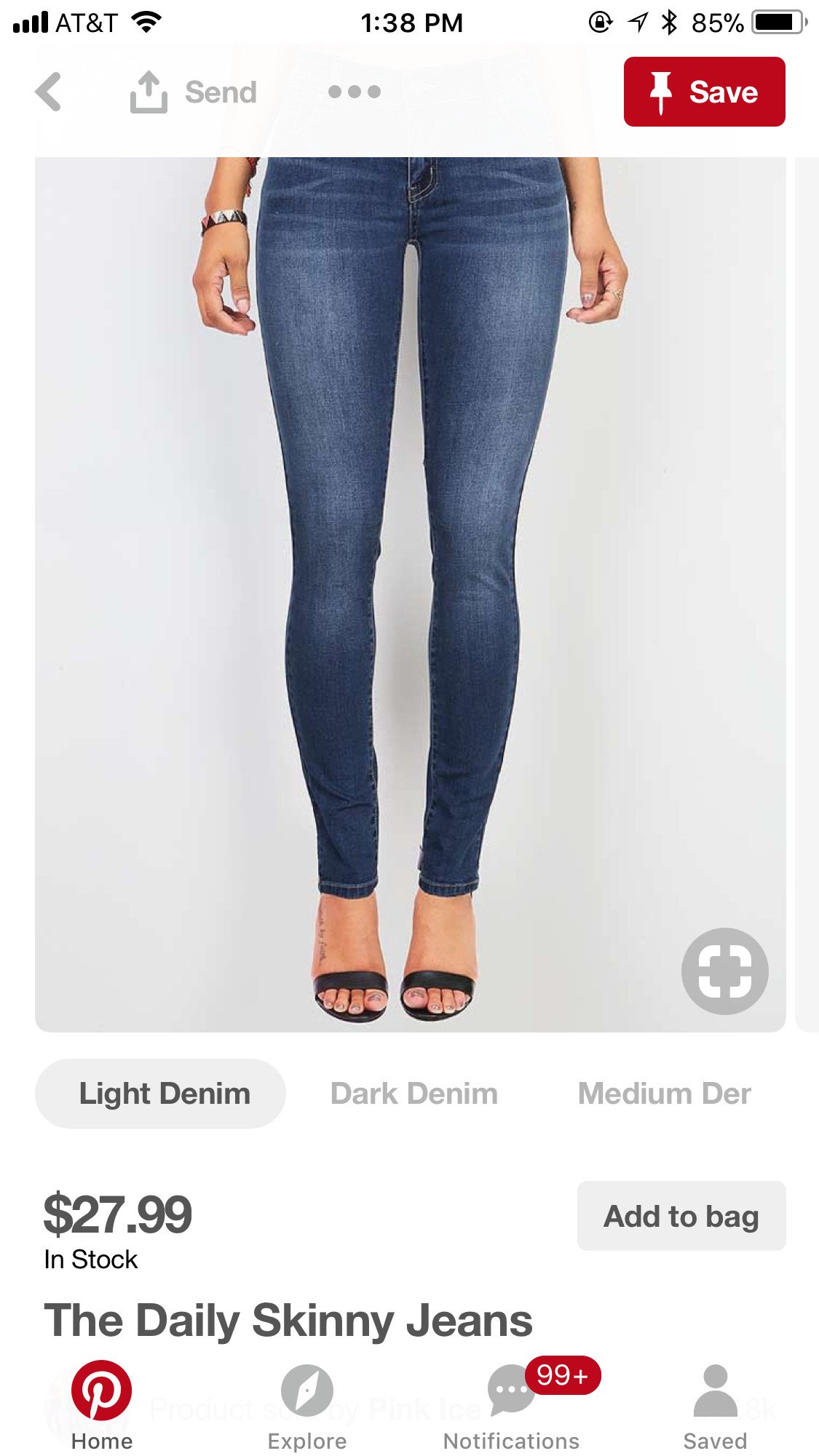
The challenge here is making sure all of your selling platforms are integrated, so you can accurately track product inventory and prevent running out of stock. With the right technology in place, you can offer multichannel shopping easily, giving shoppers superior convenience.
7. ROPO: Research Online, Purchase Offline
One element of the buyer’s journey has confounded many retailers over the years: how initial online research translates into offline sales. While customers frequently conduct research before making a purchase, it has been difficult to figure out how much foot traffic comes from online efforts.
82% of shoppers look for local businesses on their mobile devices, and 18% lead to a sale within one day, so it’s essential to track and measure how your online and offline stores are working together to make the sale. Now you can track this new metric, called ROPO, and get a clear idea of where your customers are coming from.
The technology to measure ROPO combines mobile devices and payment options, along with geolocation and social media, to accurately figure out where these shoppers came from online. Expect to see more apps and integrations to make this process easier throughout 2018 and beyond.
8. Community Building and Customer Experience
Customer engagement with your brand is highly influential, both prior to and after the sale. They want a sense of belonging and community, and they welcome the opportunity to interact with your company on a more personal level.
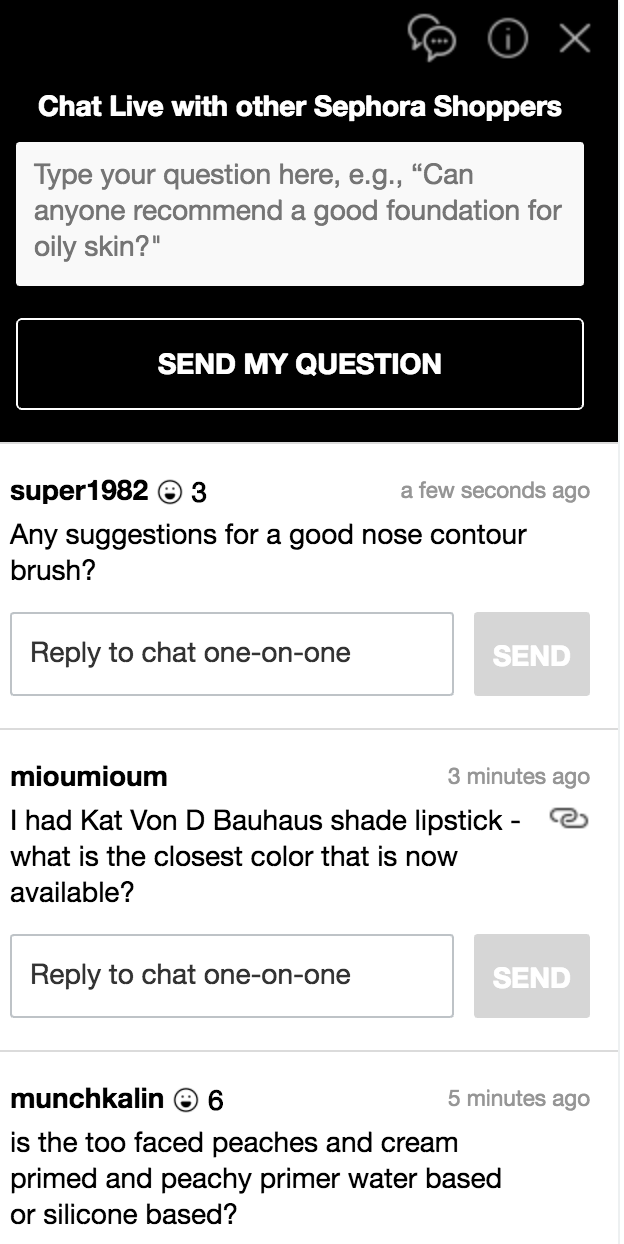
Building this sense of community has multiple layers that online retailers have many opportunities to get right. Your messaging on-site and on social media should have a consistent, welcoming voice throughout, and it can invite your audience to interact through contests, real-world product photos, and creative experiences.
Your customer service experience has to tick the right boxes as well, or else your shoppers will feel misunderstood or ignored. A powerful CRM, or customer relationship management tool, will allow any member of your customer service team to see previous customer conversations, what has been tried before, and how to best interact with this particular customer. This eliminates frustration and provides a pleasant customer service experience that customers will gladly share on social media.
Expect retailers to add more community building layers to their ecommerce stores and social media pages, such as dedicated community managers, loyalty and referral programs, and reaching out to micro-influencers.
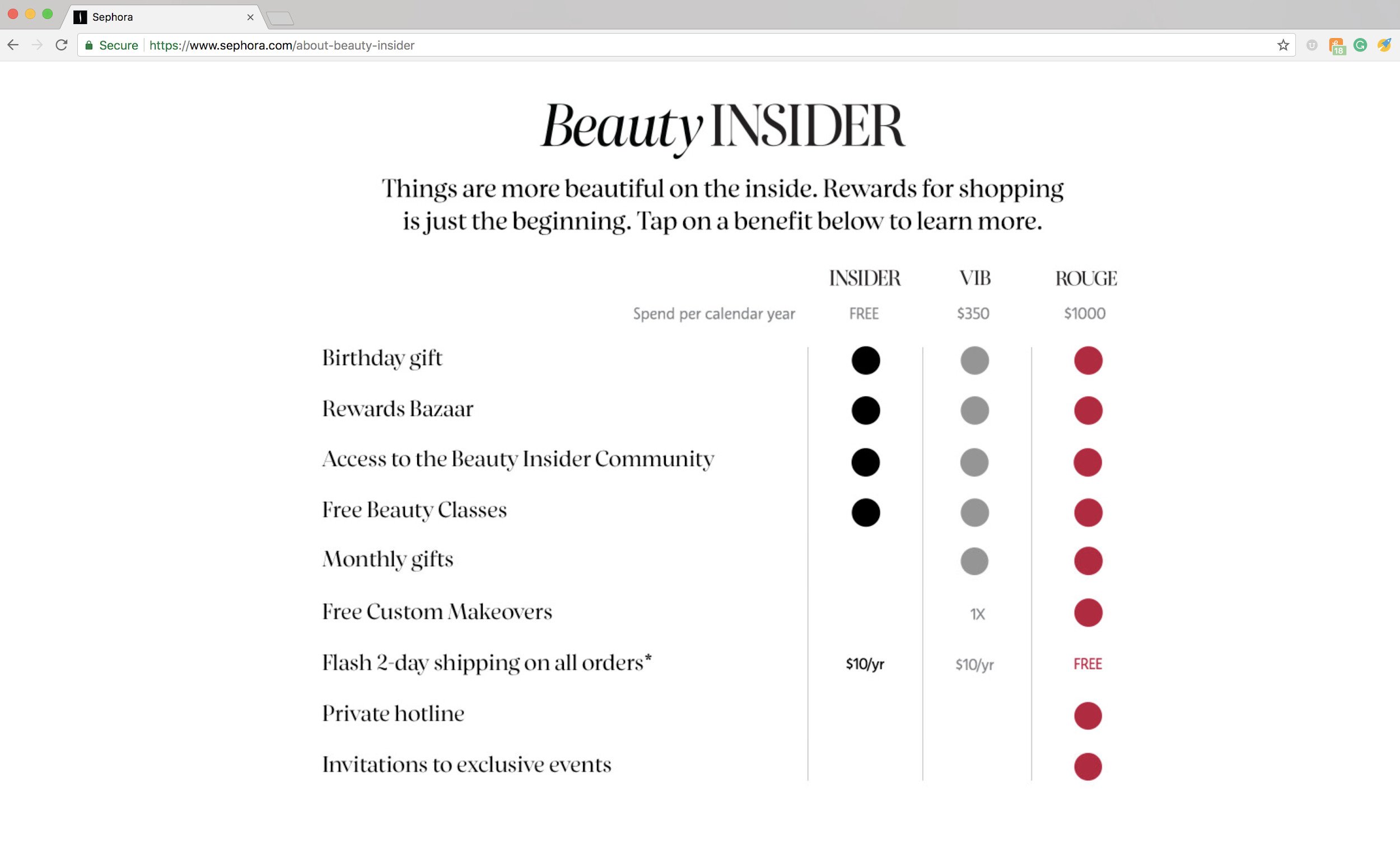
Summary
For ecommerce retailers, 2018 is the year of the customer experience. The top trends all point to making online shopping more than just an efficient process, but an enjoyable one as well. From on-brand animations to offline pop-up events, your interactions with customers can be enriched as you get to know their expectations on a much deeper level.

Building relationships with your customers through tailored online and offline experiences at each touchpoint will make your store more than just another place to shop. Instead, you will gain brand-loyal buyers who are eager to share their buying experiences on social media, expanding your reach along with your sales.






Responses